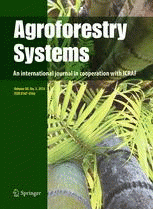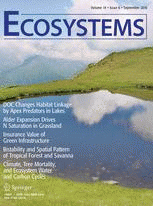Agroforestry systems in Sub-Saharan African drylands are complex and heterogeneous in nature even under similar biophysical conditions. This can be attributed to household needs and socioeconomic status which influence the species and utility of the adopted trees. This has an impact on the trees establishment and management system through planting or Farmer Managed Natural Regeneration (FMNR). This study evaluates how trees for different utilities are managed and which socioeconomic factors influence these decisions. The study used primary data collected in Mutomo District Kenya through a household survey based on a structured questionnaire. A paired sample t-test was done to assess the preferred mode of adopting trees for different utilities while factor analysis was used to characterize the households as either planting trees or practicing FMNR. Multiple linear regression using household regression factor scores as independent variables and socioeconomic indicators as dependent variables was done to ascertain which socioeconomic factors affect tree adoption. The results show that trees planted were mostly exotic species valued for their nutrition and commercial value while FMNR was used for subsistence products and environmental services. Household size livestock levels and mobility had a positive correlation with tree planting while income access to markets and roads had an inverse correlation. Access to natural woodland distance to the nearest motorable road and land size had a positive correlation with tree protection. It is hoped that this knowledge will act as a reference point when designing agroforestry projects in similar areas to ensure they are more aligned to specific site and household conditions.
DOI:
http://dx.doi.org/10.1007/s10457-016-9979-y
Altmetric score:
Dimensions Citation Count:
























